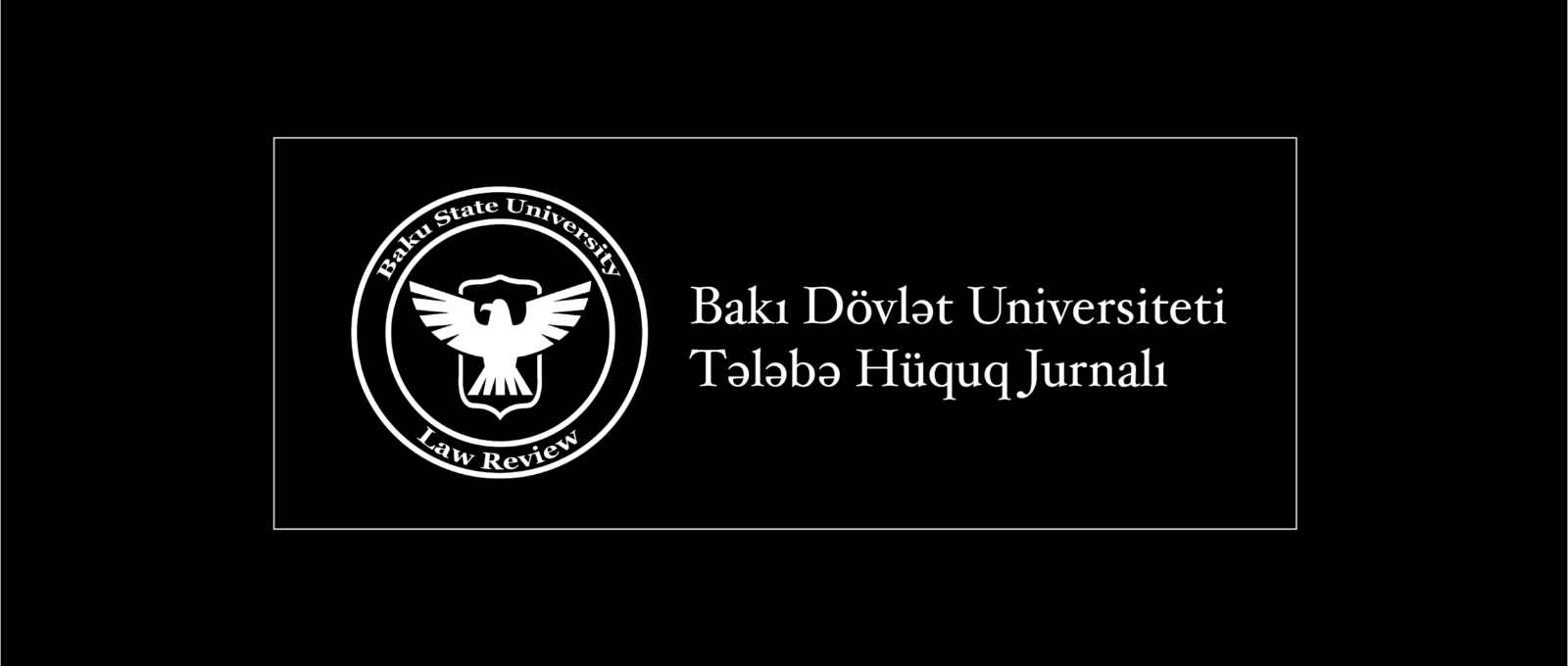Article language: Azerbaijani.
Abstract
This article presents a comparative analysis of the legal frameworks governing the attribution of cultural heritage in Austria, Italy, Japan, Australia, and the United States. The analysis proceeds along two dimensions: the openness of the attribution process and the criteria applied. The study demonstrates that in jurisdictions where attribution procedures are transparent and accessible to the public, the criteria tend to be narrower and more concretely defined, whereas in countries with more closed procedures, the criteria are broader and open to interpretation. A well-structured attribution system should be flexible enough to encompass new and changing values within the concept of cultural heritage, without undermining legal predictability. Finally, the article offers recommendations for countries such as the Republic of Azerbaijan, which have not yet fully developed attribution criteria, suggesting that the attribution criteria should be improved by tailoring them to the state’s cultural policy priorities and available institutional resources.
Bu post həm də digər dildə mövcuddur:
Azərbaycanca

